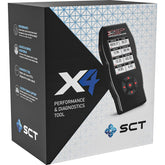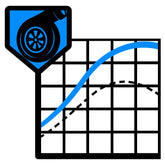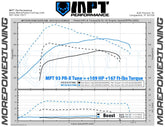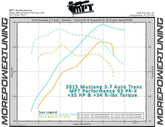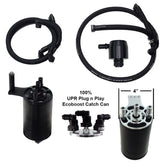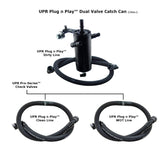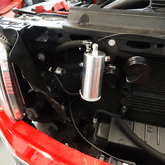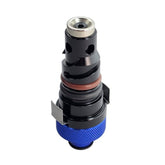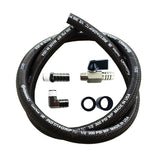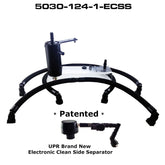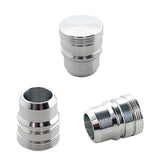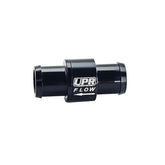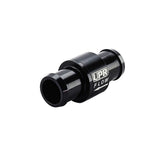A Catch Can, the Cold, and You: The Truth
An Oil Catch Can in the Winter? Here’s the Truth.
Not everyone is lucky enough to be in toasty warm Florida like we are. Our customers are all over the globe—Alaska, Northern Canada, Finland, Sweden, you name it. While they don’t get hurricanes, they do face freezing temperatures we’ll never experience. That brings up an important question:
❄️How do oil catch cans handle extreme cold?
First, What Does an Oil Catch Can Do?
If you’re new to catch cans (also known as oil separators), here’s why they matter:
An oil catch can is designed to prevent excess oil and crankcase vapors from entering your engine’s intake system. Without one, blow-by gases—air, fuel, and oil mist that escape past the piston rings—are rerouted through the positive crankcase ventilation (PCV) system. Over time, this causes oil buildup on intake valves, throttle bodies, and intercooler piping, leading to carbon deposits, reduced performance, and potential long-term engine issues.
A high-quality oil catch can filters these oil vapors before they re-enter the intake, keeping your engine cleaner and running more efficiently. This is especially important for turbocharged, direct injection, and high-performance engines, which are more prone to carbon buildup.
The benefits?
✅ Better throttle response
✅ Improved fuel efficiency
✅ Extended engine life
Now, let’s address the big concern…
❄️Is It Safe to Run a Catch Can in the Winter?
We reached out to our partners at UPR Products for expert advice on how to properly run a catch can in freezing temperatures. Here’s what they had to say:
“Catch cans in the winter? Absolutely. You just need to be more aware of maintenance. In extreme cold, a little insulation can go a long way.”
Here’s what you need to know:
1️⃣ More Condensation in Winter
- Cold weather increases condensation inside the engine. That moisture gets trapped in the catch can, filling it faster than in warmer months.
- The warm engine vapors hitting a cold catch can amplify this effect.
2️⃣ Prevent Freezing Issues
- Water freezing inside the catch can could clog it or even cause damage.
- Solution: Empty your catch can more frequently in winter—smaller catch cans may need daily draining.
3️⃣ Easy Draining Solutions
- UPR catch cans are easy to empty—just unscrew the cup at the base and dispose of the liquid properly.
- For convenience, consider adding a UPR drain line kit (SKU H5032-49) for easy draining, especially if your truck is lifted.
4️⃣ Insulation is Key
- Just like insulating pipes in your house, you can insulate your catch can and hoses to reduce condensation buildup.
-
Foam pipe insulation (found at any home improvement store) works great. Secure it with zip ties.
❄️Bottom Line? Yes, You Can Run a Catch Can in Any Climate.
With proper maintenance and a little winter prep, your oil catch can will perform year-round—even in the harshest conditions.
Now that we’ve answered your question… we have one for you:
👉 Why haven’t you added one to your cart yet?
— Duane @ MPT

Click Here to See All UPR Products

